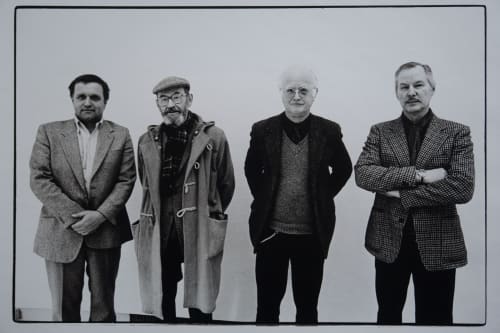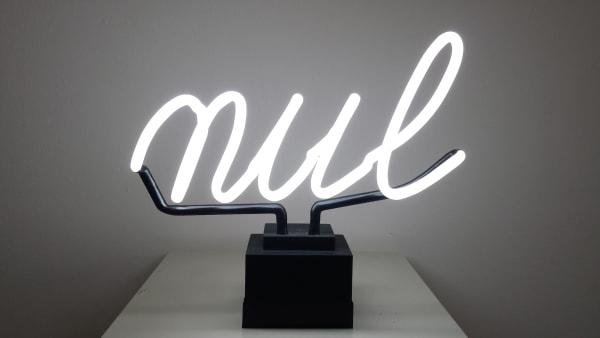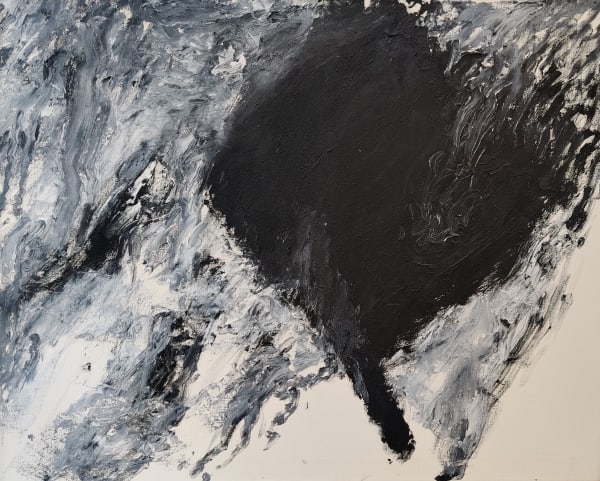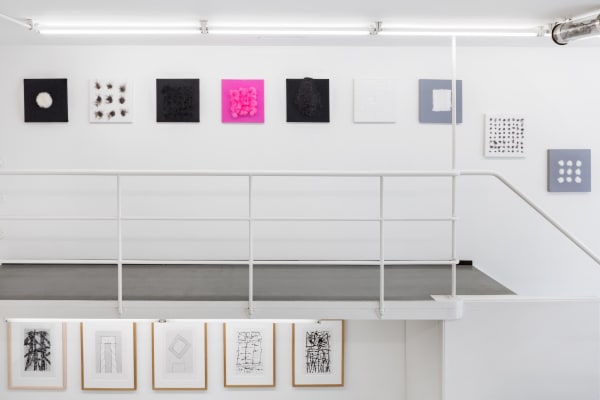AFTER NUL - the late works
Zero in Germany, Azimuth in Italy, Nouveau Réalisme in France, and Nul in the Netherlands are related genres that have had a major influence on the history of art. Held in high regard for the last few decades, what these movements have in common is their rejection of painting and, often, colour. Seriality, the repetition of identical patterns, and a clear-eyed view of reality are key to their art.
'Everything was beautiful, everything was interesting' Armando later wrote.
The Nul movement was founded in the Netherlands in 1960, by four artists: Armando, Jan Henderikse, Henk Peeters and Jan Schoonhoven, who were joined in the early years by herman de vries. As a movement, as a group, Nul existed for barely six years and, after 1966, each of the artists went their separate ways. Some of them, however, remained friends. Schoonhoven never left the city of his birth, Delft. His close friendship with Henderikse continued throughout his life, although Henderikse left the Netherlands for good, to split his time between Antwerp, Curaçao, and New York. Henk Peeters made his home in the Veluwe and remained friends with numerous kindred spirits outside the Netherlands. Armando went to Berlin and herman de vries also made Germany his permanent home.
Jan Schoonhoven, however, remained faithful to the ideas behind Nul right up until his death, in 1994. He continued creating his famous white reliefs although, over the years, his work evolved into different styles and forms. A prolific draughtsman throughout his life, his drawings reveal a clear progression from 'strict' nul to a style that is, on occasion, quite informal.
After Nul disbanded, for many years Henk Peeters stopped creating his own art, yet remained heavily involved in promoting and organizing exhibitions and events. Not until the 1990s did he pick up where he left off, reworking his original Nul ideas into a series of 'remakes'.
Armando went on to reject the ideas of the Nul movement and became an impassioned painter and sculptor, adopting an exceptionally powerful expressionism in which his often tormented experiences of war featured prominently.
Jan Henderikse left the Netherlands during the Nul years, splitting his time between Antwerp, Curaçao and New York and working with great energy on an oeuvre that is as extensive as it is exuberant. Nonetheless, he remained true to the principles of Nul inasmuch as, rather than painting, he made art from ready-made objects, embracing a style and artistic concept akin to French Nouveau Réalisme and American Pop Art.
During the 1970s, herman de vries abandoned his white reliefs and sculptures and, from his new base on the edge of the Steigerwald in Northern Bavaria, combined his art with his original education in biology. Nature, as studied, ordered, collected, and conserved by him, became the recurring theme of his artistic output, although to this day his stated aim is to minimize his role as an artist as much as possible in this regard.
In our gallery on Keizersgracht, we have curated an exhibition of these five artists which illustrates the diversity of each artist's development AFTER NUL.
Foto homepage: F. André de la Porte, "nul" groep ZERO, 1984/86















